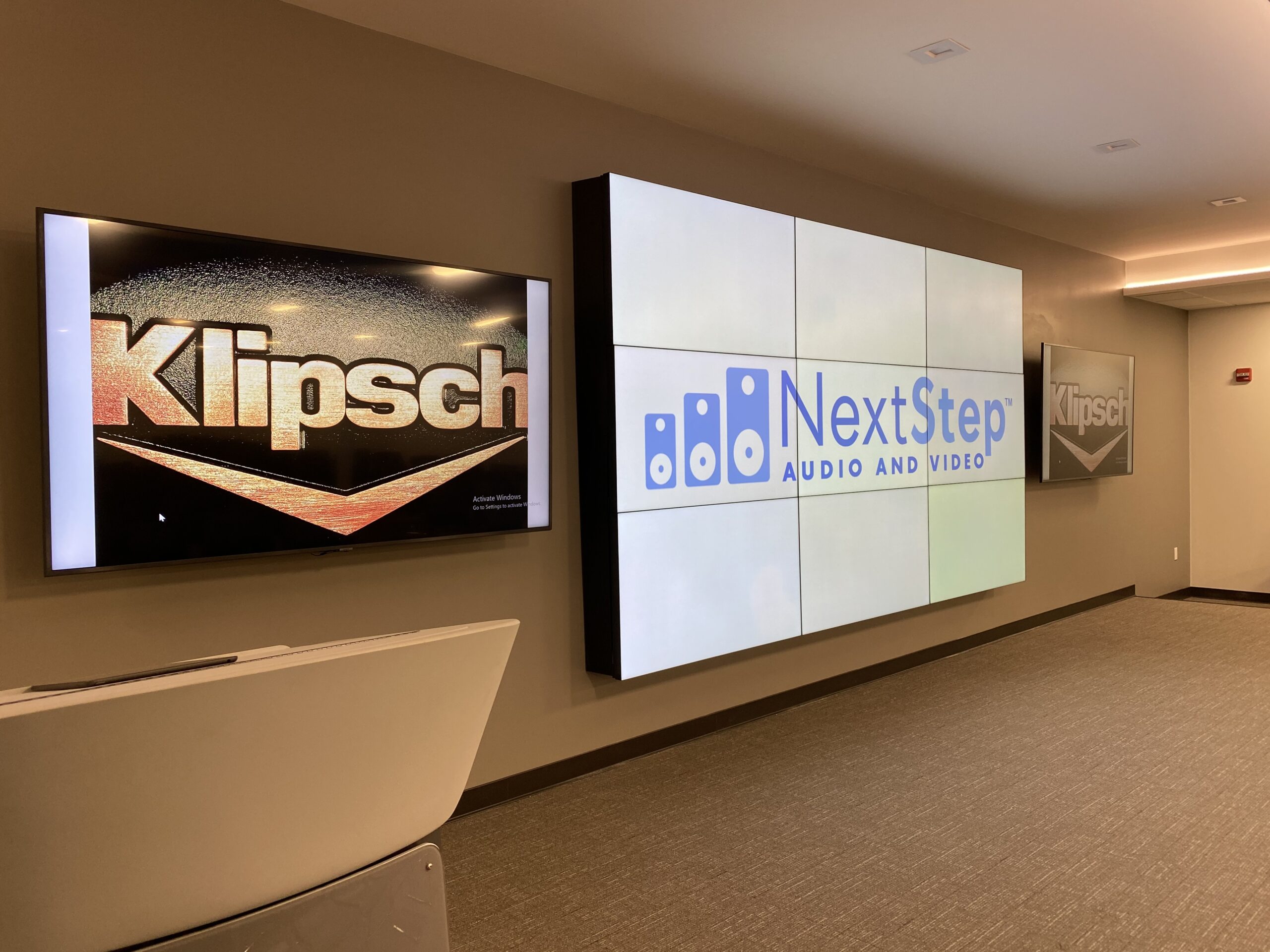Revolutionizing Transmission with Innovative Sound over Internet Protocol Solutions for a Integrated Future
Revolutionizing Transmission with Innovative Sound over Internet Protocol Solutions for a Integrated Future
Blog Article
This world of broadcasting is experiencing a major shift thanks to innovative sound over IP (AoIP) technologies. Such developments are revolutionizing how audio programming is created, delivered, and consumed. Audio over IP is defined as the approach of transmitting audio streams over a digital system, using Internet Protocol (IP) instead of conventional analog techniques. This change not only improves the standard of audio transmission but also provides media professionals with greater freedom and authority over their programming.
One key benefit of audio over IP systems is its capability to connect multiple devices and technologies efficiently. Classic broadcasting often relied on intricate wiring and tangible links, which could be cumbersome and restrictive. With AoIP, broadcasters can easily interface microphones, mixers, and additional devices through a shared network. This convergence allows for remote broadcasting and live transmissions from virtually any place, making it easier to reach listeners across the globe. As a consequence, broadcasters can respond quickly to ongoing issues and audience requests, leading to more dynamic and captivating content.
Additionally, AoIP technology facilitates superior audio audiovisual safety compliance standards that enhance the auditory encounter. Unlike conventional broadcasting techniques, which may diminish sound standards, audio over IP can preserve the integrity of the audio signal throughout the transmission procedure. This implies that audiences can experience crisper and richer sound, whether they are tuning in via radio, streaming over the internet, or employing portable devices. The capability to deliver high-fidelity audio is especially important for music and talk shows, where every detail matters to the audience.
Additionally, the adoption of audio over IP systems can lead to financial efficiencies for broadcasters. By leveraging existing infrastructure systems, companies can remove the need for costly hardware and extensive cabling. This not only reduces initial costs but also decreases operational costs over time. Media firms can distribute resources more effectively, investing in content creation and talent development. As a result, the entire media industry can gain from enhanced creativity and creativity, as funds are redirected toward improving programming and engaging with audiences.
In conclusion, the shift towards audio over IP technologies is transforming the broadcasting landscape. By enabling seamless connections, enhancing audio quality, and lowering costs, AoIP is clearing the path to a better integrated future in broadcasting. As media organizations continue to adapt to these developments, they will be more prepared to satisfy the demands of their listeners, produce captivating programs, and stay competitive in an ever-evolving industry. The future of broadcasting is bright, and audio over IP will play a key role in defining the manner in which we interact with audio programming in the future to follow.